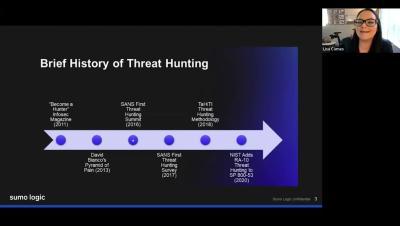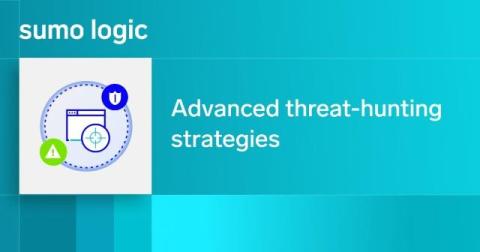How Threat Hunters Can Detect Scattered Spider Attacks and Related Intrusions
Cyberattacks are becoming more advanced, and groups like Scattered Spider are leading the way with their sophisticated techniques. This group is notorious for using social engineering methods like SIM swapping, voice phishing, and SMS phishing to trick employees into giving them access to sensitive systems. By pretending to be IT administrators, they bypass traditional security defenses, moving through networks unnoticed and stealing valuable data.











